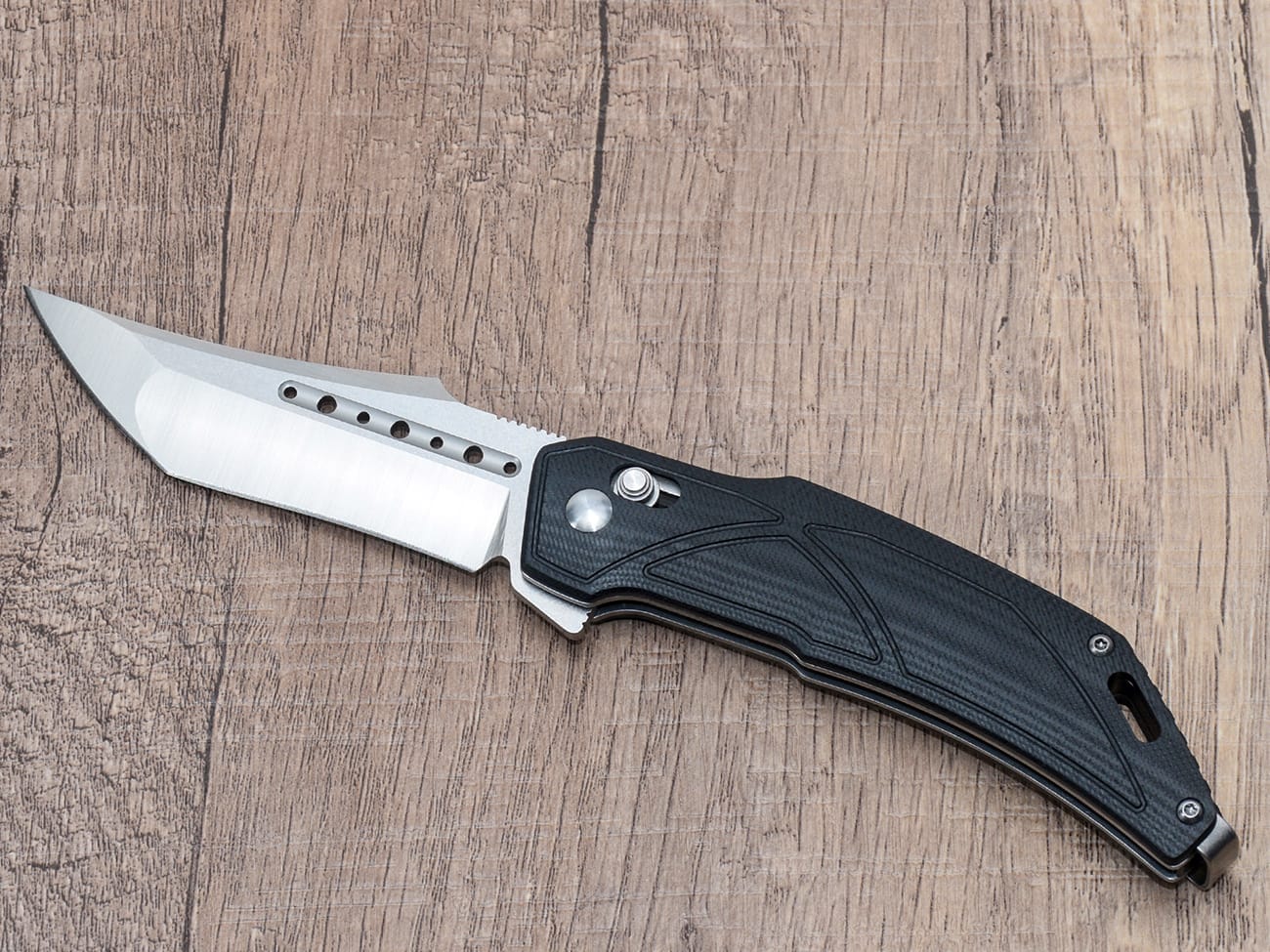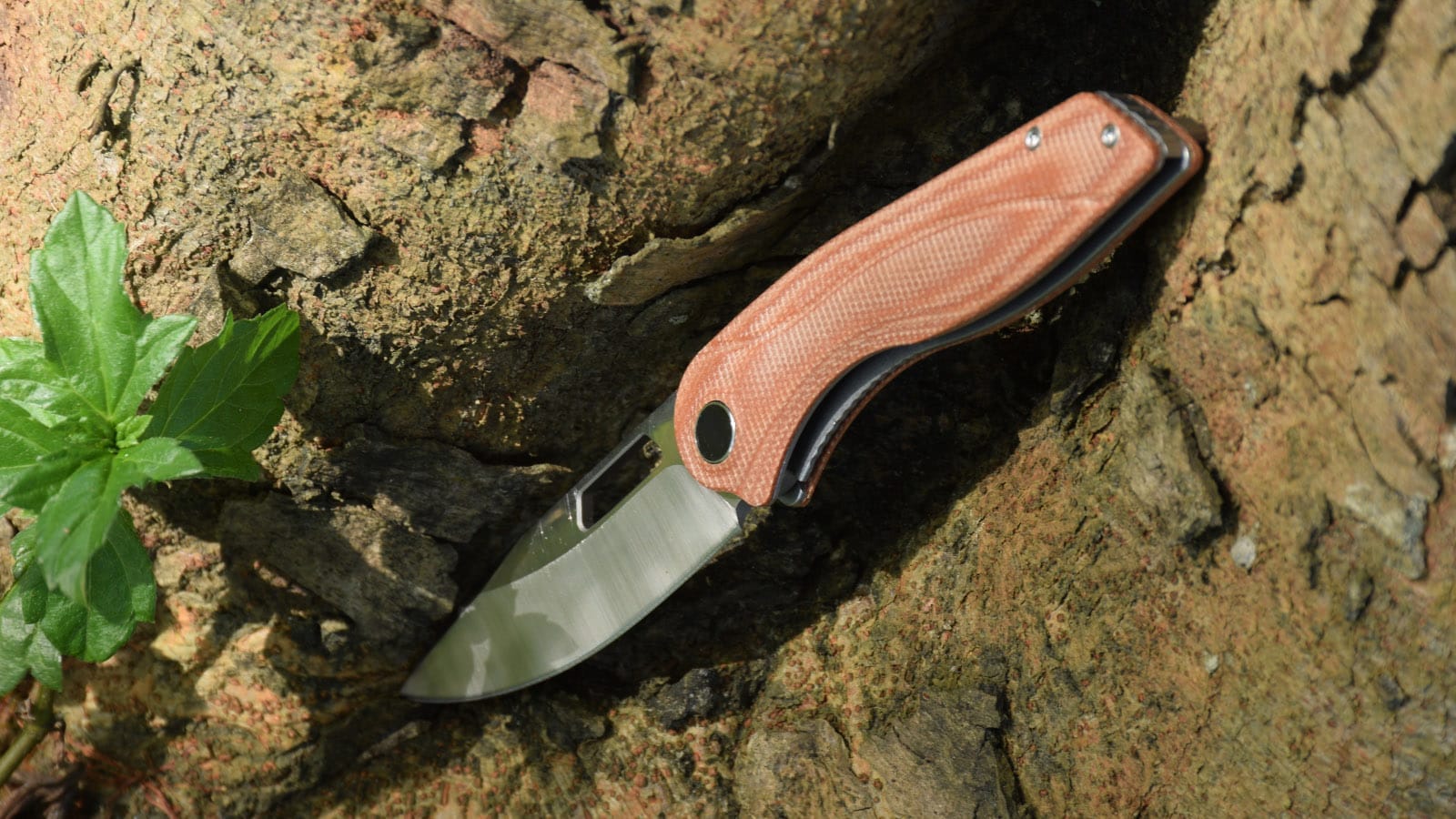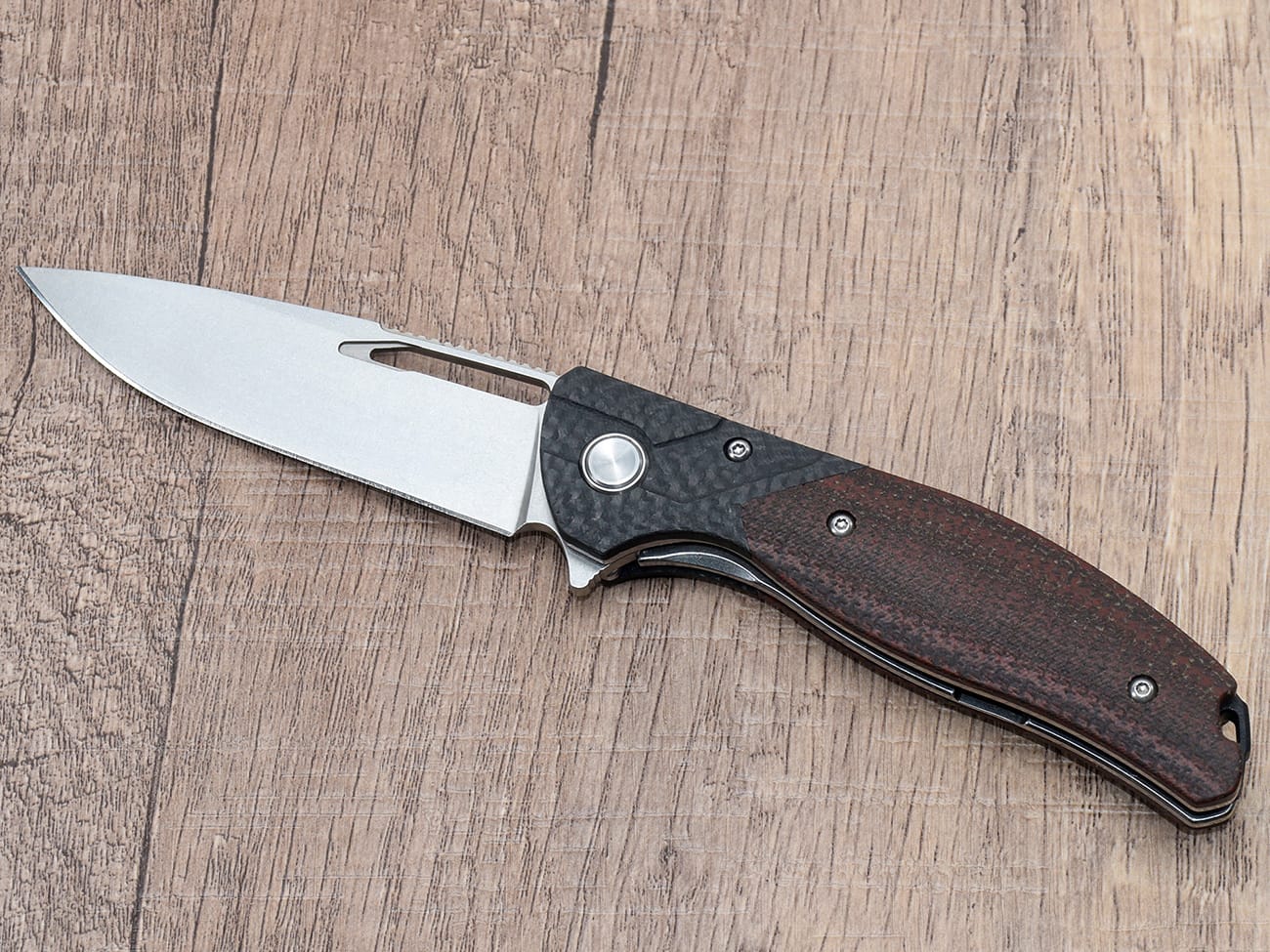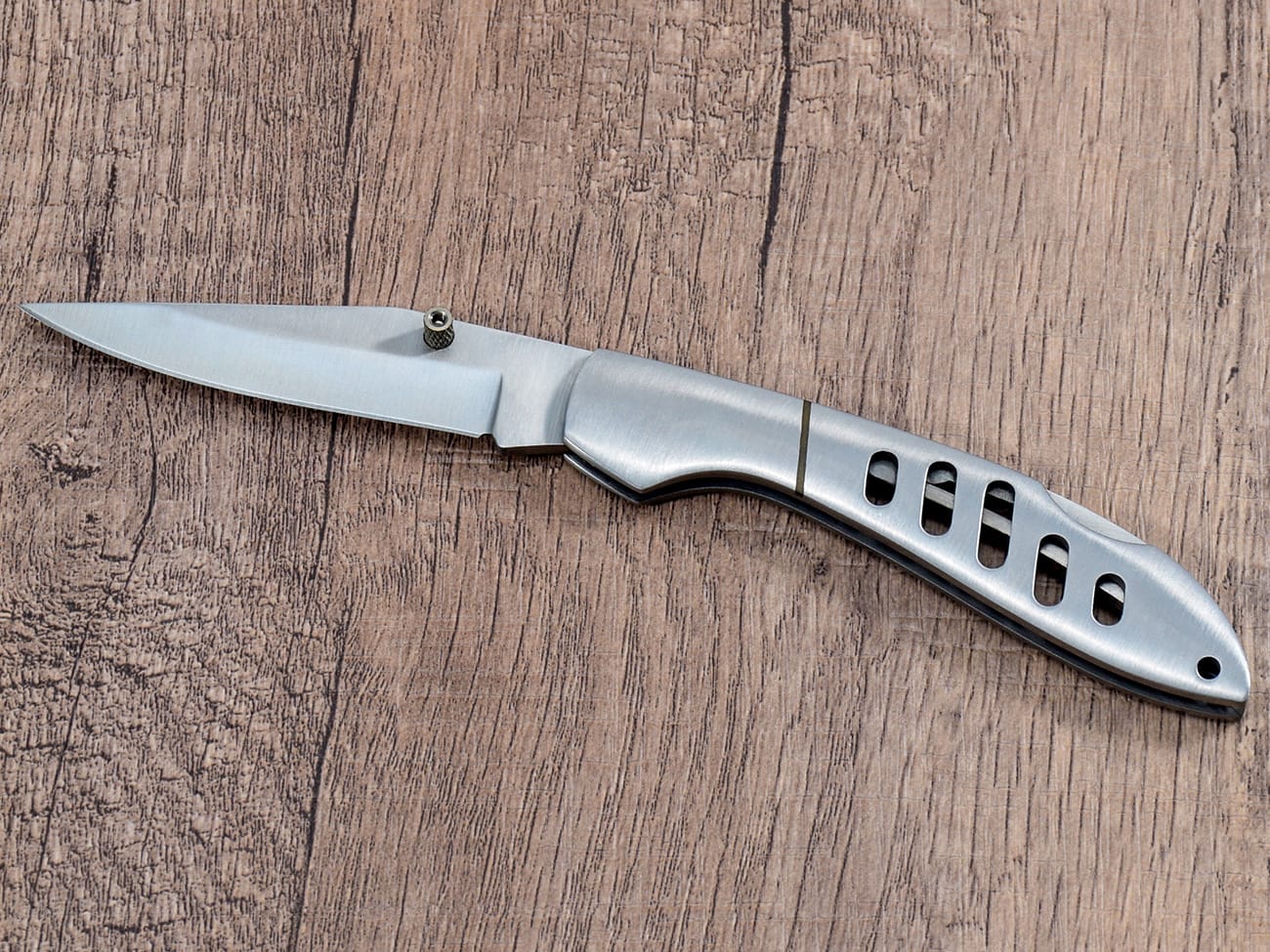Knife lock type liner lock is one of the most common mechanisms found in modern folding knives. The liner lock uses a spring-tensioned side bar that moves into place behind the blade tang when the knife is opened. To release the blade:
- Hold the knife’s handle firmly in your dominant hand
- Use your thumb to push the liner to the side
- Keep your fingers away from the blade’s path
How Does a Frame Lock Work?
Knife lock type frame lock functions similarly to a liner lock, but uses part of the frame instead of a separate liner. These locks are typically stronger and more durable. When closing a frame lock:
- Apply pressure to the lock bar
- Maintain control of the blade as you close
- Keep the blade away from the frame to prevent wear

What Safety Precautions Should You Take?
When handling any pocket knife, safety should be your primary concern:
- Always keep your fingers away from the blade’s path
- Hold the knife firmly to prevent slipping
- Clean and maintain the lock mechanism regularly
- Remove any pocket lint that could interfere with the lock
Dealing with Common Lock Problems
Sometimes lock mechanisms can become stiff or sticky. Here’s how to address common issues:
- Clean the pivot area regularly
- Apply proper lubrication
- Check for debris or blockage
- Ensure proper tension on the pivot screw
How to Close Different Lock Types Safely?
Knife lock type mechanisms vary, but general principles apply:
- Identify your lock type
- Position your hands properly
- Release the lock mechanism
- Control the blade’s movement
- Secure the blade in closed position
What Role Does Regular Maintenance Play?
To ensure comfortable opening and closing:
- Keep the pivot clean
- Remove pocket lint regularly
- Check for loose screws
- Lubricate moving parts
- Clean the lock face
When Should You Replace Your Knife’s Lock?
Consider replacement if you notice:
- Excessive wear on the lock face
- Inconsistent lock engagement
- Blade play when locked
- Damaged or deformed lock components
Tips for Breaking In a New Lock
New knives often require a break-in period:
- Practice the motion slowly
- Apply light lubrication
- Work the mechanism carefully
- Be patient during the process
How to Teach Others Safe Lock Operation
Various pocket knives require different handling techniques. When teaching others:
- Demonstrate proper grip
- Explain lock mechanics
- Supervise initial attempts
- Emphasize safety first
Key Points to Remember:
- Always maintain focus when operating any knife lock
- Keep fingers clear of the blade path
- Regular maintenance ensures reliable operation
- Different locks require different techniques
- Safety should always be the priority
- Clean and lubricate mechanisms regularly
- Practice proper technique consistently
- Inspect locks before each use
By following these guidelines and maintaining your pocket knife properly, you’ll ensure safe and reliable operation for years to come.




